Welcome, Stephen! How did you find your way into the art world? Tell us about your journey.
I initially was interested in art by lots of early exposure to it. My parents took me to great museums like the National Gallery of Art and Hirshhorn Museum. My mother used to put me in a papoose-style infant carrier and I’d watch paintings perched on her back. As a kid, I drew and I made Plasticine sculptures routinely and watched my engineer father draw plans for aeronautical projects he did at the Applied Physics Laboratory. Then, after graduating from Maryland Institute College of Art in Baltimore, I moved to New York City to make art. I exhibited some work there and came to a big revelation. After experiencing the isolation of making art alone during an ice-cold NYC winter, I wanted to collaborate with other people and use myself as the medium. So, I took acting classes, did professional theater in Washington, D.C., then moved to sunny Los Angeles to act in feature films and network television. After that long, circuitous route, I found an art studio in L.A. and realized plans for dozens of artworks I had been sketching or making notes on the entire time. Now, I’m back.
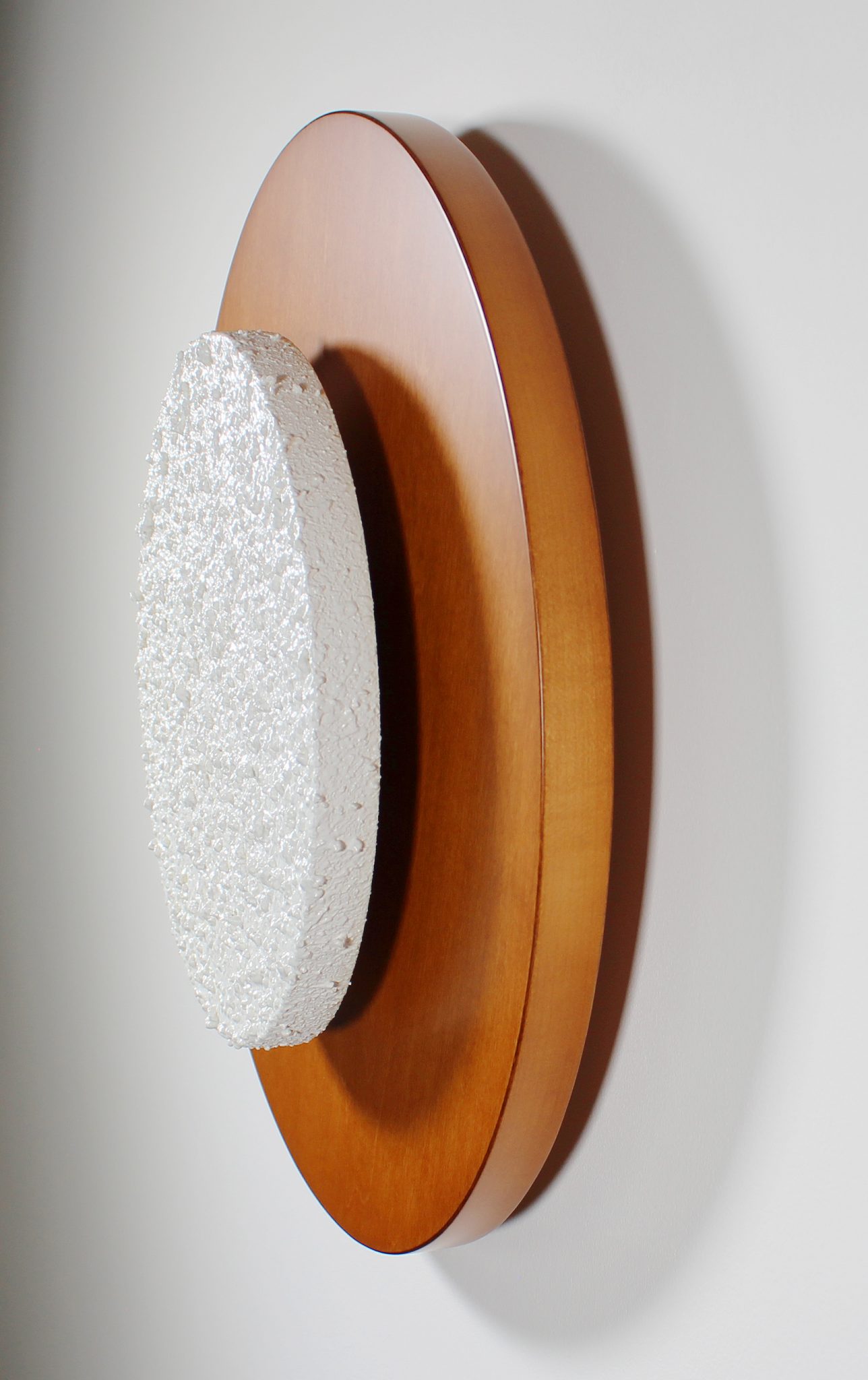
You are a conceptual artist. For the uninitiated, what exactly is conceptual art? Please, tell us about your conceptual fine art practice.
The traditional definition of conceptual art supposes that the ideas an artist seeks to explore are more important than the objects or events that express them. I think about it differently. While I have developed big and little ideas, the fine art objects I make and their immediate visceral viewer experience are equally important.
My work exists to raise questions about the roles of creation, the people who author our world and those who engage them both. There is obviously a dependence of one upon the other. These relationships, like those in life and society are key to the art experience. Much of my work presents the elements that make up the intimate setting of home interiors. They often say a few things about comfort, class, lifestyle, and – most importantly – personal identity. Our perception wraps up all of the relationships in our lives, which is crowned by our identity and place within those relationships.
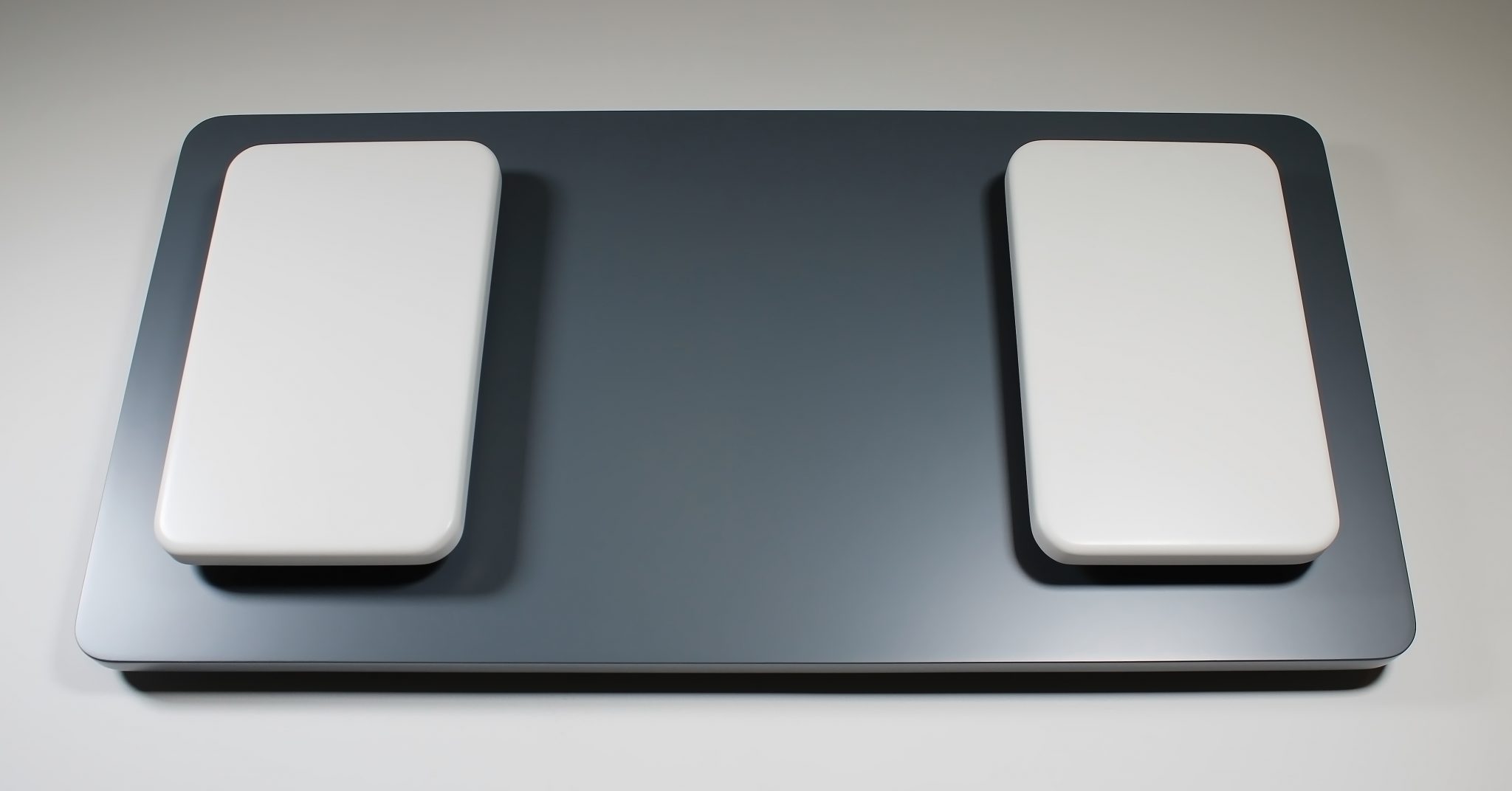
At the end of the day, I am an artist – conceptual or otherwise. I create. We all do, whether it’s high art on a white wall or whistling a favorite song. Sometimes, my art is generated from concise ideas that I feel need exploration or an emotional state I feel the audience might want to share, but haven’t been able to.
Your sculptural explorations express domestic dramas. What brought you to that area of interest?
I have always been interested in origin stories. How did it all start? Virtually all of our origin stories began at home with family. Sounds mundane, but it is very complex when, as a young person, you are not equipped to talk about family dynamics or drama. We unconsciously assign value to events in our home lives – good, bad, strange, amazing, disheartening, enlivening. We are, as the saying goes, “meaning making machines.” But we often pack away contorted meanings of our formative upbringing and forge ahead as adults in a rather compromised way.
I was raised in a suburban planned city called Columbia, Maryland, a place where extra care was taken to promote cooperation and understanding among those with differences in class, race, economic power, etc. It wasn’t some idealized “Walden II” town, but had its merits. I experienced family fights, fear of bullies, mysteries of the unknown, loss, love – you name it. I also developed my identity within that experience. The people who made the choice to live there and raise families also chose an aesthetic to populate their homes, whether in step with their station in life or aspirations in life. In my art, I seek to use these home interior design elements and rearrange their context to help audiences review or dispel the meanings we may attach to them.

How do you create your artworks – from conception to completion?
Ideas for new artwork arrive quickly for me. They often come to me in an early morning waking state, a time when we lose consciousness of self, but are brimming with the experience of dreams. When I wake up, I usually write down a working title or a very basic description of what the work will look like and the material it’ll be made of. For days and weeks, I will determine how to refine or simplify the idea.

Sometimes, simply working in the studio helps to generate an idea. A piece I’m currently showing in Hawaii entitled “What’s Right With This Picture?” came from testing out a router radius corner template on scrap wood. I planned to make four rounded corners on the test piece, but stopped short of the fourth corner, keeping the right angle on the lower right side. Then I filled, primed, sanded and finely sprayed it in many layers with a paint gun. It’s difficult to even call it a “picture” at all or say that it is inherently good or bad, right or wrong. It questions perception and judgment, as much art does, but provides very little to gauge or review perception and judgment with. It floats off of the wall and approaches objecthood, but it’s still largely a flat object on that wall. Is it an idea, an object seeking to break out of the idea, a pun or all of the above?

You currently have three exhibitions. Where are they? Is there one that you are enjoying more than others?
I have work right now at the Cameron Art Museum in North Carolina, in L.A. Stories at the Leo Castelli Gallery at Brenau University in Georgia and in Abstract Only! at the Wailoa Center in Hawaii. I think they are all equally interesting spaces and exhibitions. I admire many of the other artists exhibiting alongside me, like Paul Paiement, Abel Alejandre, Cherie Benner Davis and others. I do love the Cameron Art Museum, though. For part of their light-themed Illumination show, I got to do more tech-based work, which I like quite a bit.
Not only are you a conceptual artist, but also maintain a parallel career as a working professional actor on such network TV series as NCIS: Los Angeles. Did you start your acting career first? What brought you to that career?
I started as an artist, but took a long and important detour into the performing arts world. In art college, I took performance art classes with powerhouse playwrights like Ntozake Shange and learned a lot. I later took theater and on-camera acting classes. I love the idea that with my input and someone else’s input, a third unknown thing – a performance, a film, etc. – can be created. That’s phenomenal to me. I figured as an actor, I could make art of myself and contribute to someone else’s art at the same time. I also loved the idea of reaching a great number of people – of affecting a real change of perception – whether it’s in an art house feature film or an episode of Star Trek: Enterprise seen by millions of viewers.

How do you combine your fine art career with your acting career? Do you prefer one over the other?
That’s a great question. There is definitely an overlap between them, so I feel that one informs the other. The activity of making art gives me private time to review my creative motives and a place to decompress from this high velocity world we live in. My acting performance must be integrated with other performances in real time. It takes me out of my comfort zone, but is immediately satisfying. I can’t say that I prefer one over the other, but since the event of Covid-19, making art seems like the best fit.
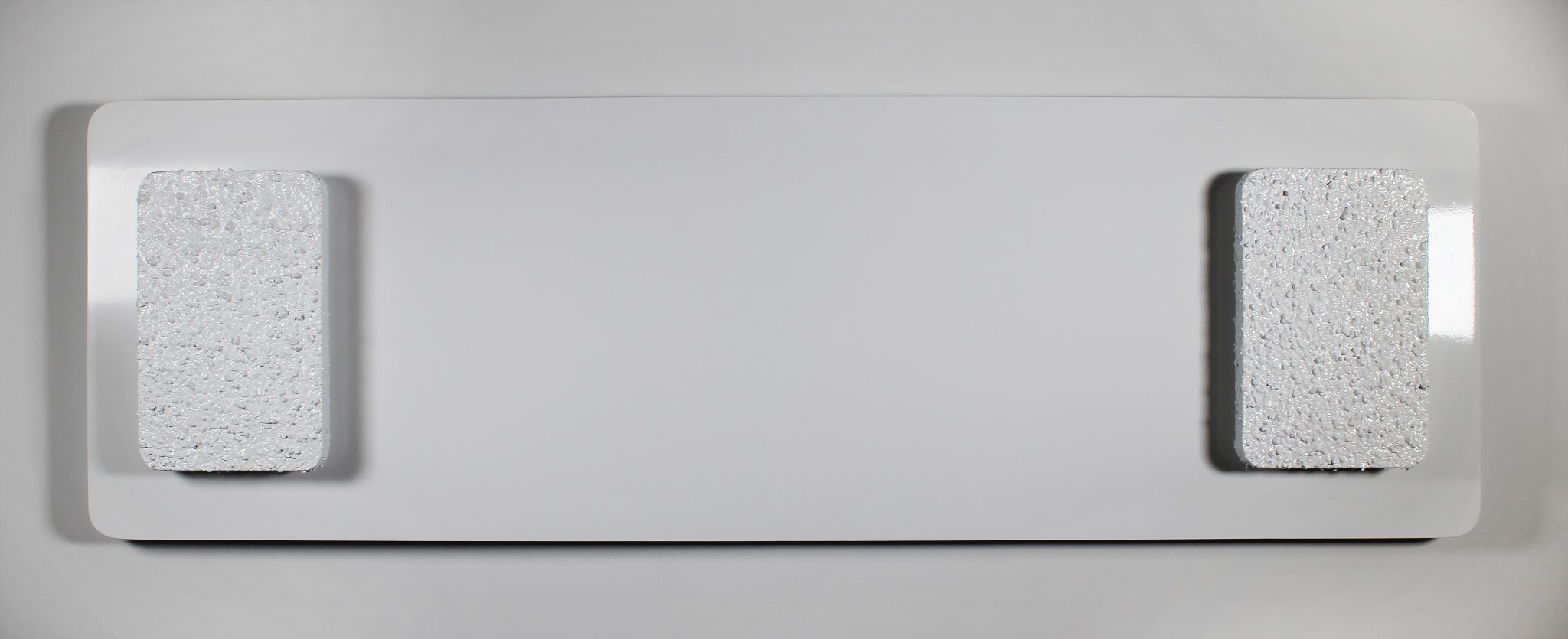
You are L.A.-based. How do you like the city? Is it part of your inspiration?
Yes, I have been in Los Angeles for many years now, but I also maintain an art studio in Wilmington, North Carolina, so I can be close to family and get extended breaks from the big city. Los Angeles is a fascinating place with a rich history that includes wars, gold rushes, the rise of cinema, agriculture, aerospace industries, the development of suburbs – you name it. It is a city that holds high hopes and uncanny dreams for many people who move there, but tends to be seen and respected differently by indigenous Californians who have an appreciation of the land and what practical life means there.
In some ways, Los Angeles is an inspiration for my art. The sprawl that makes up Metropolitan L.A. is immense, but each distinct neighborhood – from Koreatown to Beverly Hills – can be called home for its residents. Like I said, I am interested in the artifacts that make up “home” in all of those places. The transitory world of Hollywood in particular is, of course, rife with artifice, accolades and anguish that don’t mean much outside of that insular place. Maybe it’s not even a place – but a state of mind. I’m interested in revealing some of that, too.

Where do you see yourself five years from now?
I see myself making art that really connects with audiences on a significant scale and on a regular basis. Whether it’s on highway billboards, broadcast on iPhones or seen in a venerated museum, I’m totally up for it. I see having significant commercial and institutional solo shows in the U.S., Europe and Japan – and perhaps setting up some cultural exchange programs among artists all over the world.

How has Covid-19 influenced your artwork and your acting career?
Covid-19 is a truly life-altering event for just about everyone, whether they know it or not. Many people who choose to ignore it have to face the bigger change that has come out of this moment in history – and adapt. The people who do accept it also have to adapt and figure out a way to work with those who don’t believe. Clear communication and perception, as well as true acceptance mean a lot in 2020 – and beyond. It has influenced my art. I’m more determined than ever to invite viewers to review their perception, their origins, their home and the world out there, which really isn’t that alien.
Covid-19 has slowed down my acting career, as the entire business has dropped off significantly, but I still audition for network TV. Some safe feature film productions are being made, but only a handful of major television series are being produced for the time being. Many of us are in active hibernation mode; writing new screenplays, pitching media projects and expecting this thing to turn around when scientific and medical officials say we’re ready to go!
Interestingly, even though some art shows I have had work in were postponed, others are still going strong and new ones are coming up. I’ve shown more work in 2020 than ever before. I’m sure you can agree that people truly need art. It’s healing, it’s provocative, and it has an important place in virtually all of our lives.

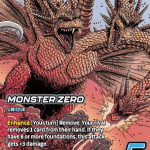
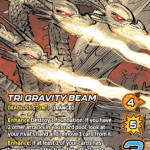

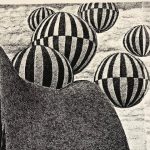
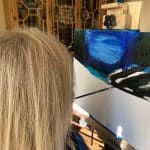

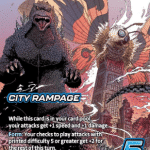


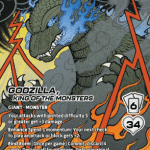


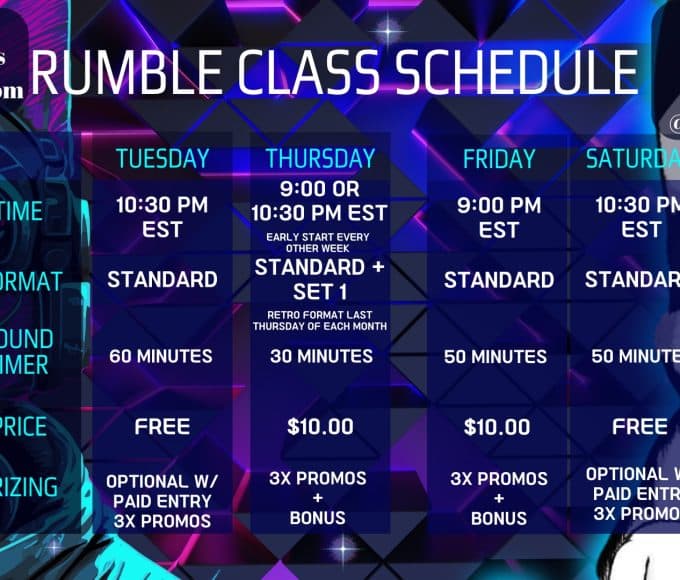

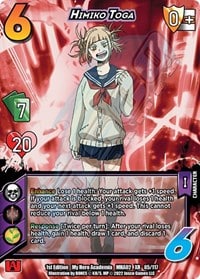

Leave a comment